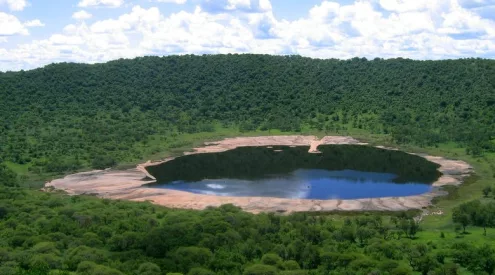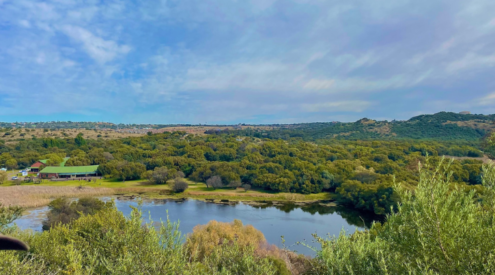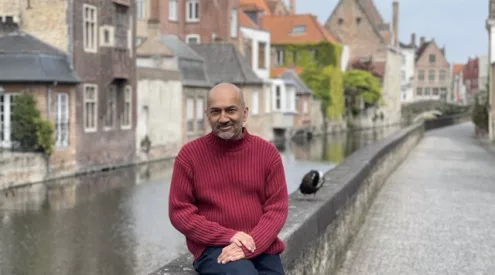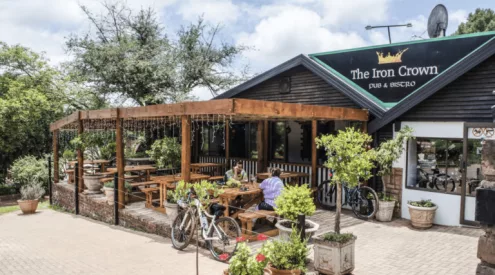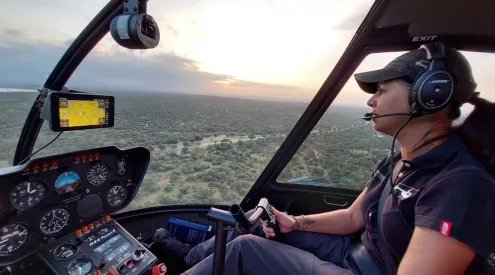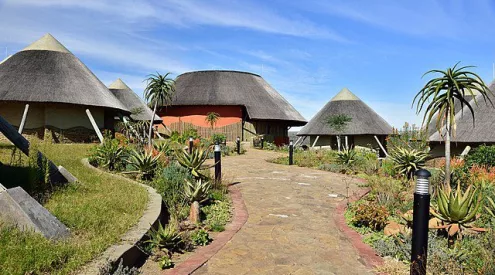Temples are not just the physical embodiment of religious beliefs and daily practices, but also often places of architectural wonder and grand symbols of the dedication believers have towards their religions.
If you’re looking to snap a picture of, and pay respect to, these large-scale works of art, here are a few places around the world that we recommend visiting.
1. Nan Hua Temple, South Africa
You can find the exquisitely beautiful Nun Hua Temple right here on South African soil, in Bronkhorstspruit.
It is the largest temple and seminary in Africa and acts as the headquarters for the Fo Guang Shan (Buddha’s Light Mountain) Order which was established in 1967. The temple also has a specialist Pureland meditation retreat centre that is open to all (no matter your religious beliefs) and it hosts a Chinese New Year’s Festival once a year, where visitors can experience a peak into the cultures and beauty of the temple and its people.
This year the festival will be held on 10 February 2019. If you are not able to attend, you can still visit the temple anytime. It is open free of charge to visitors from Tuesday to Sunday between 9am and 4pm. A vegetarian lunch is served on Sundays at R30 per person between 12pm and 12.30pm.
2. Paro Taktsang Monastery, Bhutan
Paro Taktsan is a Buddhist temple complex which clings to a cliff 3,120 metres above sea-level on the side of the upper Paro valley, Bhutan. Its architectural beauty is highlighted by its bright red and gold detailing, which strongly contrasts with the emerald hills of the area.
The Taktsang Palphug Monastery is one of the most famous touristic destinations of the country and the cultural icon of Bhutan. There are eight caves in the monastery where monks are required to meditate and live for three years when they first visit the monastery.
3. Wat Rong Khun, Thailand
Wat Rong Khun, also know as ‘The White Temple’, is one of Thailand’s most visited attractions and lies just outside of the small town of Chiang Rai.
Its white colour signifies the purity of Buddha, while the unique fragments of clear glass used in the building signify the wisdom of Buddha.
Every detail of the temple and its structures are meant to act as the bridge of ‘the cycle of rebirth’ and the ‘Gate of Heaven’ encouraging visitors to reflect on the Buddhist teachings that show the way to escape from worldly temptations, desires and greed.
Its architecture is renowned especially for its one-of-a-kind sculpture installation, which includes a sea of sculpted hands below a bridge. Wat Rong Khun is located just off Highway 1 (Phahonyothin road) about 15 km South West of Chiang Rai town and can be easily accessed using a taxi.
4. Prambanan Temple Compounds, Indonesia
Built in the 10th century, Prambanan is the largest temple compound dedicated to Shiva in Indonesia.
Three highly detailed carved temples illustrate the epic of the Ramayana and are dedicated to the three great Hindu divinities, Shiva, Vishnu and Brahma. Another three temples on the ground are dedicated to the animals that serve the divinities.
In total, the Pramabanan grounds are home to 508 temples, which were built during the peak of Sailendra’s powerful dynasty in Java in the 8th century AD. They are located on the border between the two provinces of Yogyakarta and Central Java on Java Island. The various temples are surrounded by shrines and are monuments to the peaceful coexistence of religions and communities in the area.
Although extensive restoration works have been done in the past, especially after the earthquake in 2006, great care has been taken to retain the authenticity of the structures.
5. Senso-ji Temple, Japan
Senso-ji is Tokyo’s oldest temple and is often referred to as the Asakusa Kannon Temple.
It is a Buddhist temple located in Asakusa and is one of the most colourful and popular temples in the area.
Legend has it that in the year 628 two brothers fished a statue of Kannon, the goddess of mercy, out of the Sumida River and every time they returned the statue to the river it would come back to them. Because of this legend, the temple was built nearby especially for Kannon and was completed in 645.
It’s popular with visitors because of the shopping street inside called Nakamise, which runs from the entrance of the temple to its second gate and is roughly 200 metres long and is renowned for its mementos and gift items.
6. Badrinath Temple, India
Badarinath Dham is considered one of the most sacred centres of pilgrimages, and is situated in the lofty Himalayan heights of the Garhwal hill tracks in Uttarakhand.
Badrinath Dham is easily accessible by motorable roads and the Badrinath temple can be reached by walking along an easy track.
At a height of 3,133 metres above sea-level, the route to Badarinath is one of the most fascinating ones due to the high-up hilly terrain, curves and cliffs in one of the most scenic and beautiful places on earth.
A myriad of legends originate from the area, with each one only adding to its glory. Along with the myths surrounding the Badarinath Dham, the snowy mountain peaks, gracefully flowing Alaknanda River and incredible landscapes create the perfect background to facilitate a spiritual connection.
Pictures: Huge Thailand



